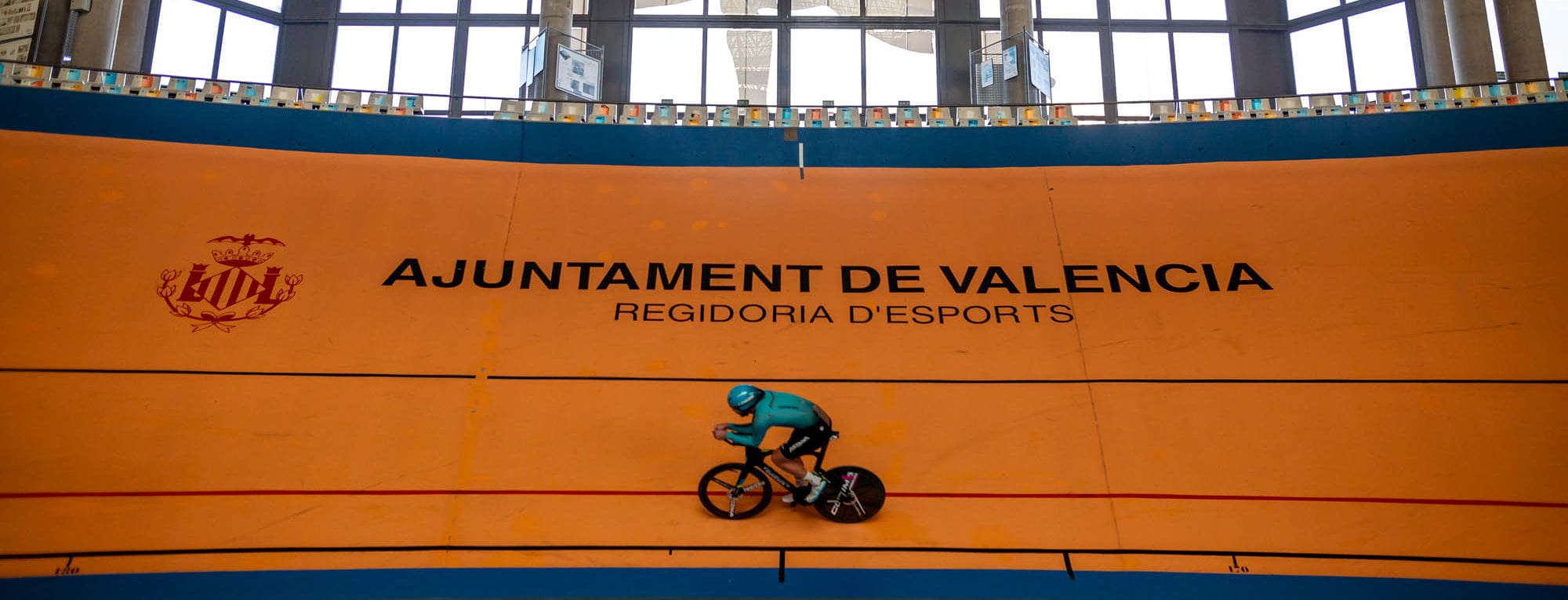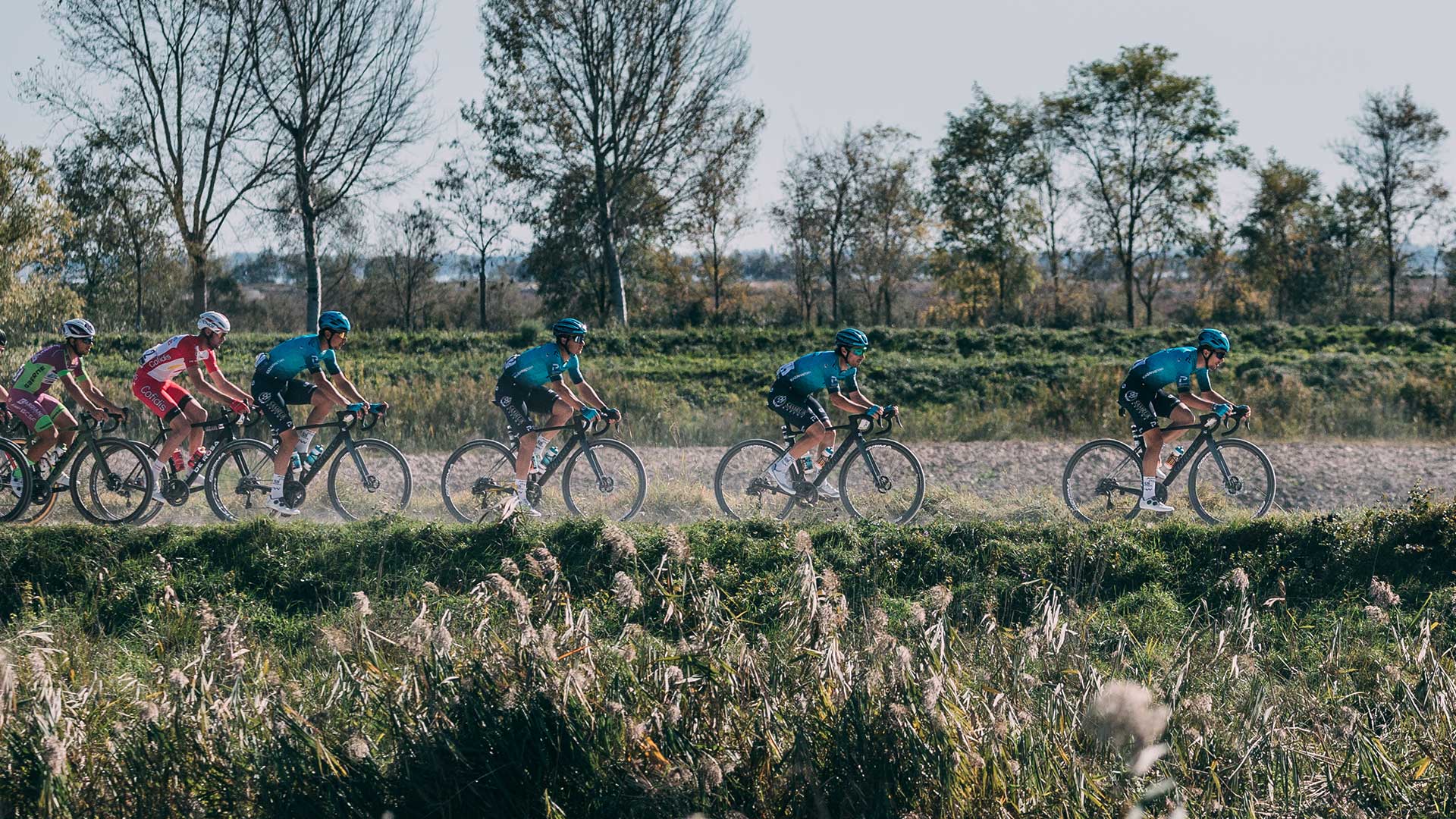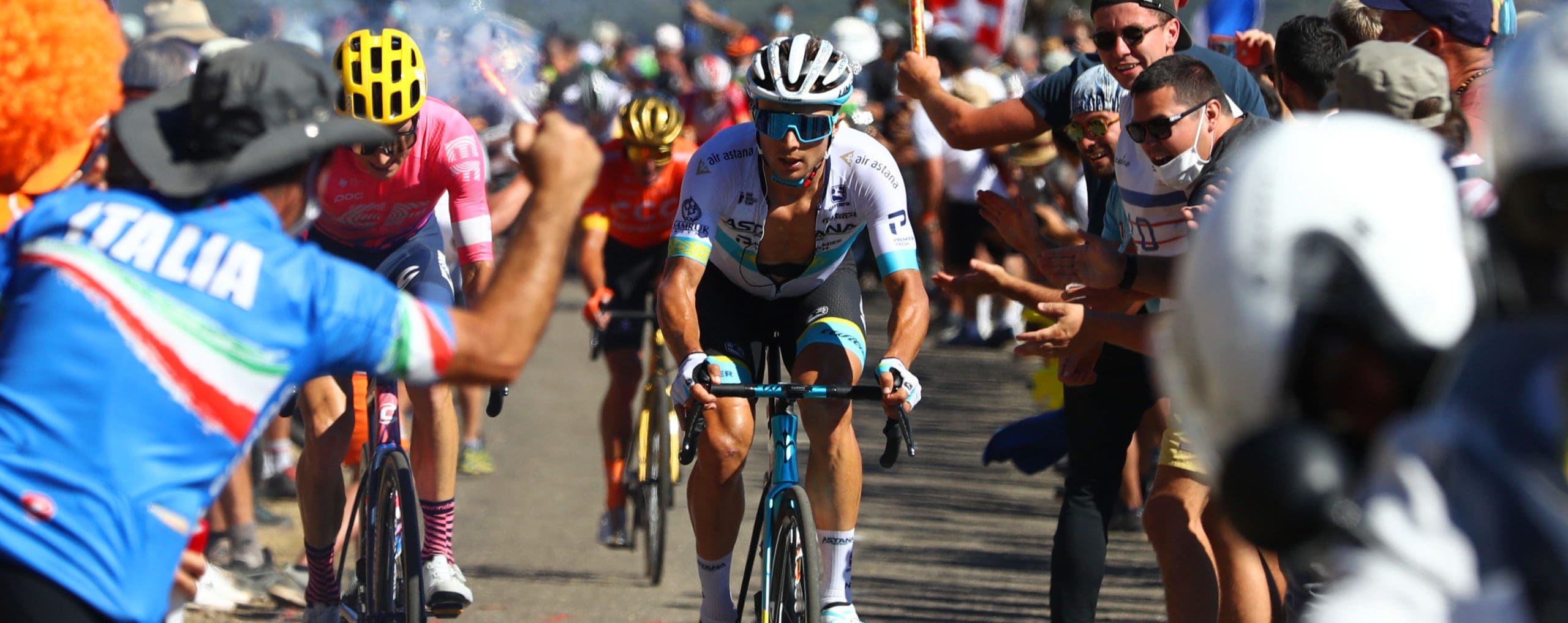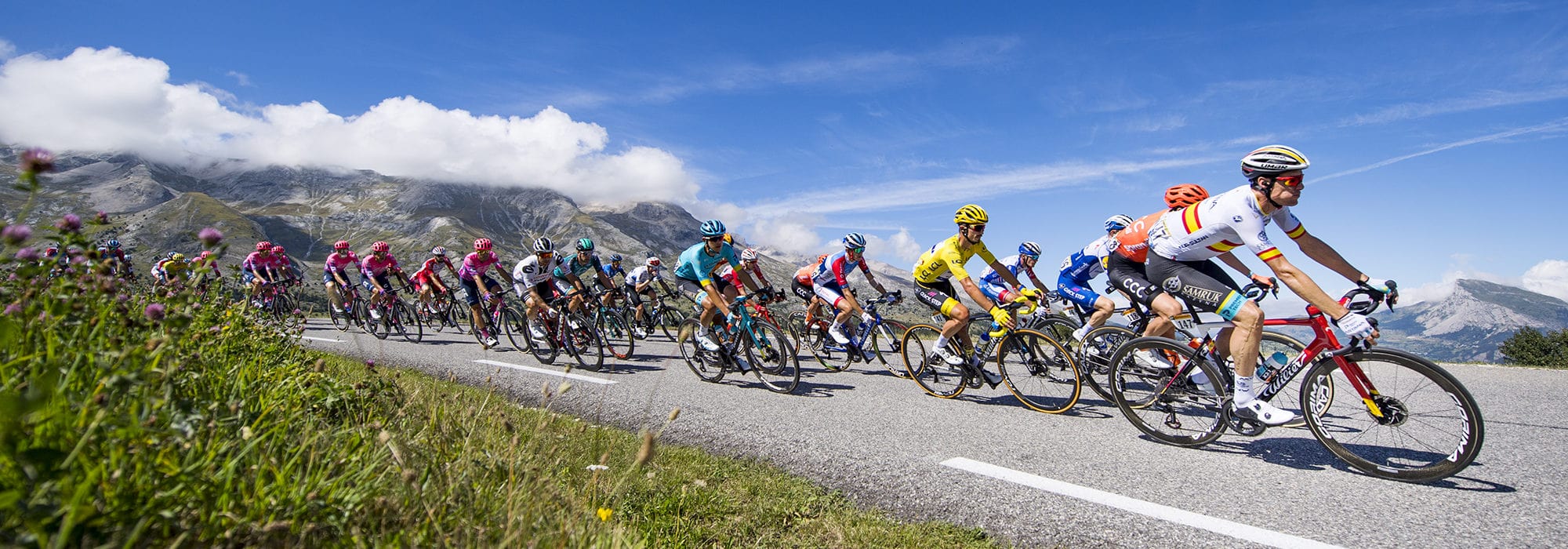Ivan Velasco: The marginalist bicycle
Many cyclists are blown away when they try our new racing bike, especially if they have been riding racing bikes for a long time. They can’t believe what they feel: in terms of comfort, but also performance, what can simply be referred to as the relationship between effort and output.
Those who like to think they’ve defied ageing, even believe that their body has remained unchanged despite the passing of time, while normal riders think: “My god, bicycles have become like racing cars. The designers are wizards.”
But between the designer and the bicycle there is another professional, unknown to most, but fundamental to the cyclist’s performance: the performance manager. In Astana Pro Team, this role is played by Ivan Velasco. In this interview, he explains that he is responsible for improving as much as possible the mechanical performance of the man-machine association.
This obviously includes studying aerodynamics that can shave off precious seconds which, in contemporary professional cycling, become fundamental for the results of a season.
The performance manager is the man who polishes the margins of the man-machine performance, bringing results to the extreme mechanical limit and the bicycle to the limits of possibility.
To do this, a few days are spent in winter in the wind tunnel of the Boardman Performance Center, experimenting “basically the best possible position of Jakob Fuglsang, Aleksej Lutsenko and Ion Izagirre to develop the most suitable handlebar with Wilier (for chronometer fractions).”
Then (almost) all the team’s riders fly to Valencia to test the solutions obtained in the wind tunnel on the velodrome track.
“Here, we try to find the best position on the new Wilier Turbines for each racer, and we do it by having each athlete ride ten laps.”

Obviously the performance manager’s work doesn’t end here, because he looks for new solutions based on the test results, which he then tests for further performance, in a concentric process, probably endless, that Ivan Velasco calls development.
The goal of all this is for a single specialisation, time trial stages, and for the development of a single bicycle: the Wilier Turbine.
Development is different, for the Wilier 0 SLR, the bike that will accompany Astana on the roads of the Giro, the Tour, the Vuelta and the great classic races. But that’s another story.”
Related stories
 Racing World,
Gravel,
Astana Pro Team,
Astana,
Alexey Lutsenko,
Astana Premier Tech,
Rave SLR,
Serenissima Gravel
Racing World,
Gravel,
Astana Pro Team,
Astana,
Alexey Lutsenko,
Astana Premier Tech,
Rave SLR,
Serenissima Gravel
 Racing World,
Astana Pro Team,
Wilier 0 SLR,
Road Racing,
Tour de France,
Col De La Loze,
Miguel Angel Lopez
Racing World,
Astana Pro Team,
Wilier 0 SLR,
Road Racing,
Tour de France,
Col De La Loze,
Miguel Angel Lopez
Col de la Loze: Michelangelo creates a masterpiece
The final week of the Tour de France: The call of both new and forgotten mountains
Alexey Lutsenko victorious atop Mont Aigoual
The first week of the Tour de France and the roads of southern France: From the Alps to the Pyrénées-Atlantiques.
The bicycle that unites
Newsletter
Fill in the form below for updates on all that's new in the Wilier Triestina world, with plenty of content: product news, technical insights, professional teams, fairs and events, ambassadors, promotions and offers, all arriving in your email box. And if you no longer want to receive news from us, you can unsubscribe at any time.


-min.jpg)



